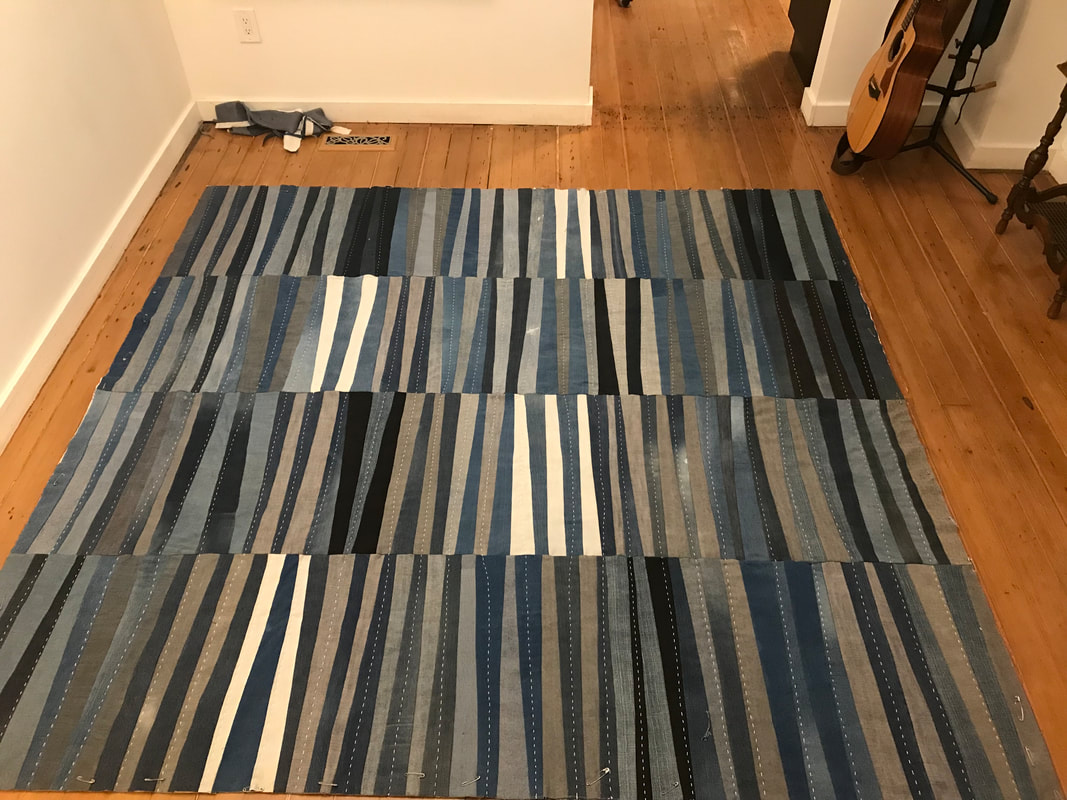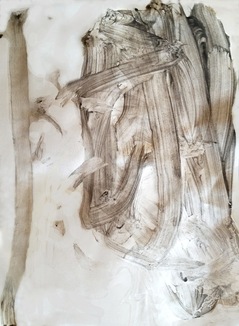
Mine was The Wizard of Oz. Never mind the munchkins and the flying monkeys; I was captivated by the black-and-white horror of the dustbowl twister, the gleaming-gold yellow brick road, the brilliant glassy cluster on the horizon that was the first glimpse of Emerald City.
So when my nearly-six nephew, also a bit of an obsessive Wizard of Oz movie fan, showed me his latest paintings, all I could think of is: I feel you.
I look at the thick column of furious grey strokes going in all directions and immediately zone into his own fearful recollections of that part in the movie as he attacked the paper. That ability to connect the intensity of feeling by the maker to the viewer is the basis of successful art. Wow, I said. I can really feel that.
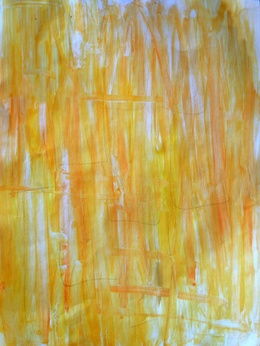
Wow, I said again, thinking already how it might look actual road-size, using rollers on stretched canvas.
Back he went, returning with Emerald City, and by then I knew this kid was really onto something. Unlike his drawings, which are these days more narratives involving figures and recalled landscapes, or — my current favourite: a bird's eye view of a baseball game — this series was expressed feeling-first. Not so much on telling the story but recalling the feeling, through colour and stroke.
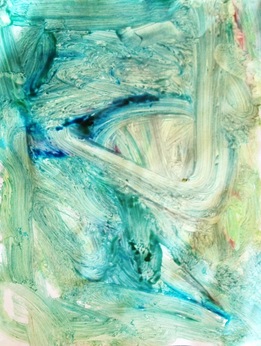
Just attack. Jump right in. Look at each stroke as it's going down and do not bother yourself with committing to spending more than a few minutes on it. You may not feel the urge to let a puppet take over the paintbrush or let your inner Scurvy Pirate out for a song but it's good to wrap it all up in play. Like another friend, a modest but gifted artist likes to say, "I'm just playing."
My nephew's paintings remind me not to be so precious about the results. It's about the making, not the amassing. Only the adults care about keeping them.
I can see some auntie-nephew collaborations down the yellow brick road.
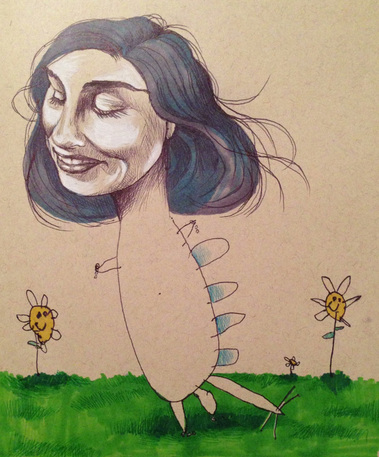
Her blog updates her creative process that is challenged by her daughter with her own ideas.
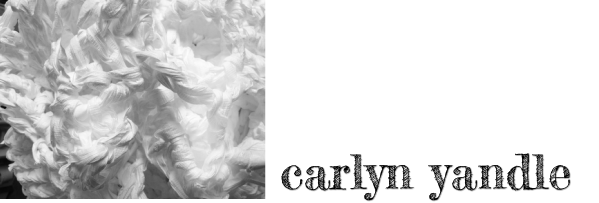

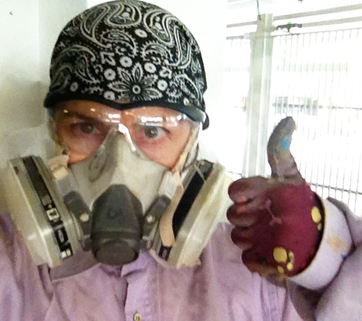
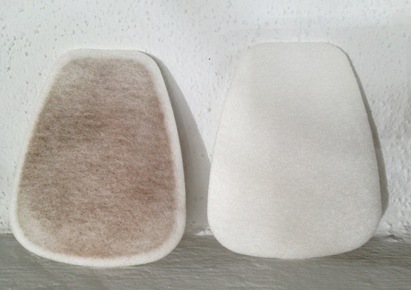
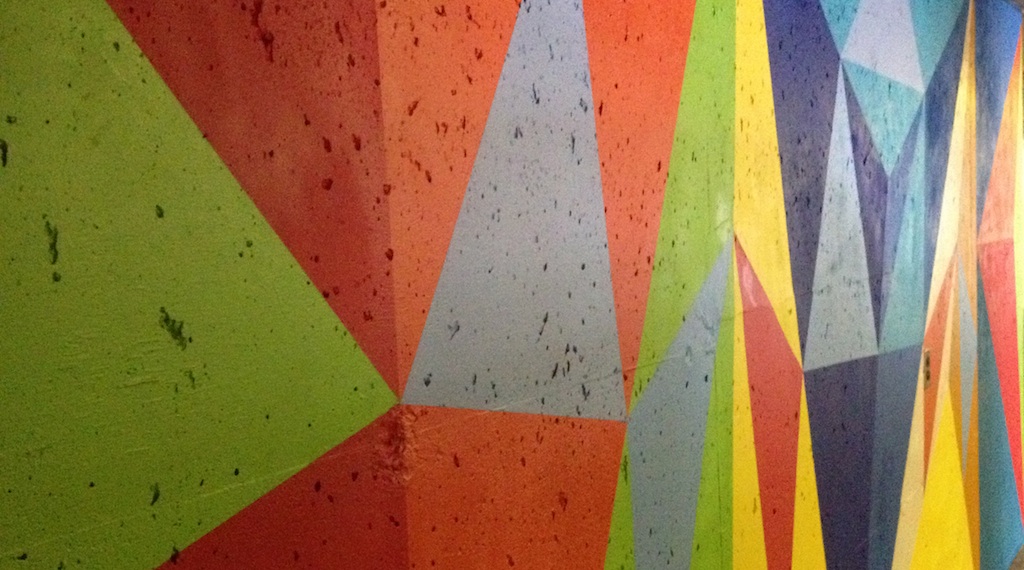
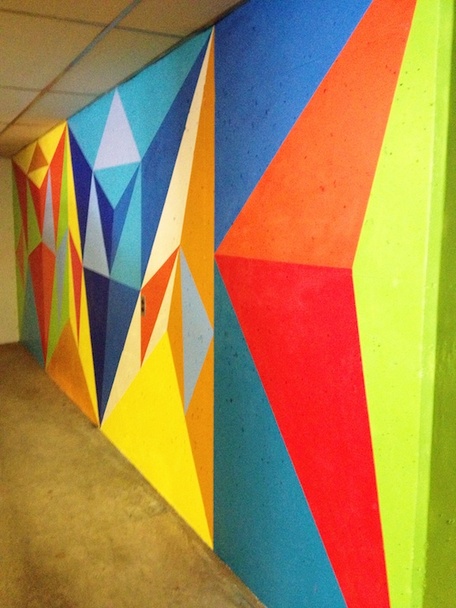
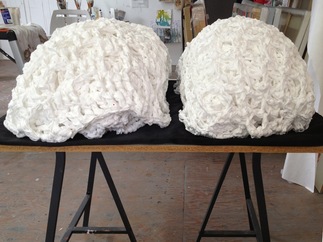
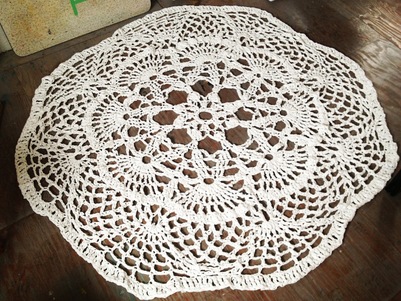
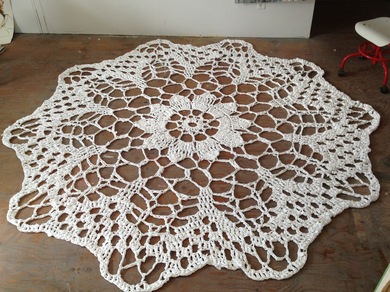
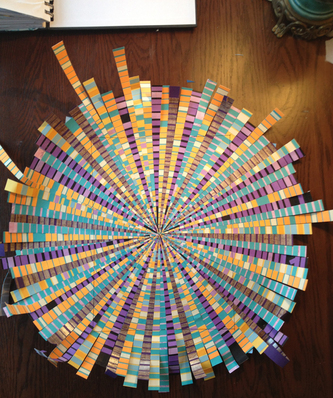
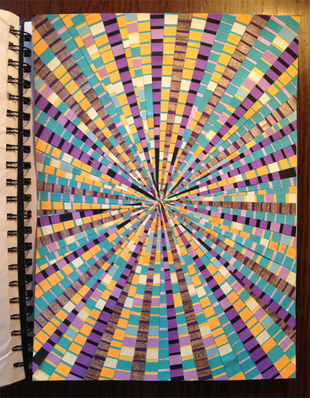
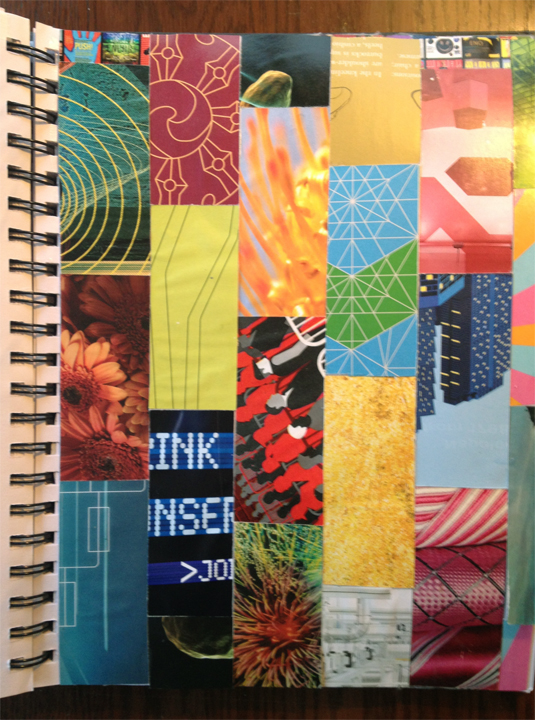
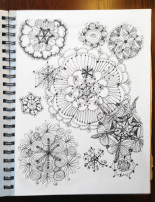
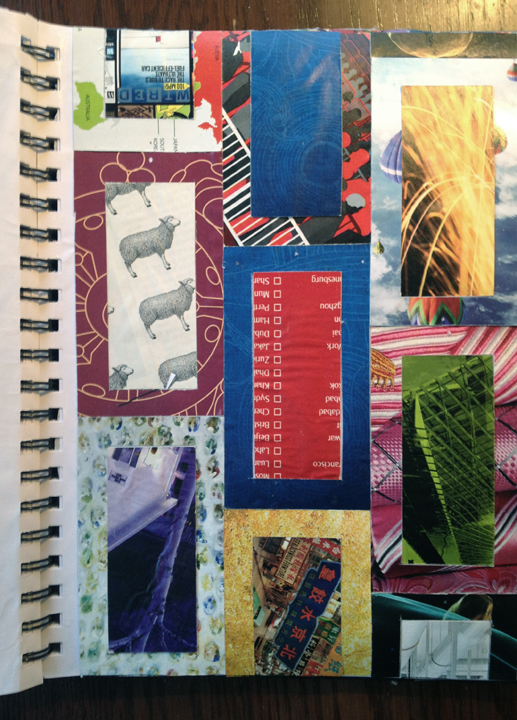
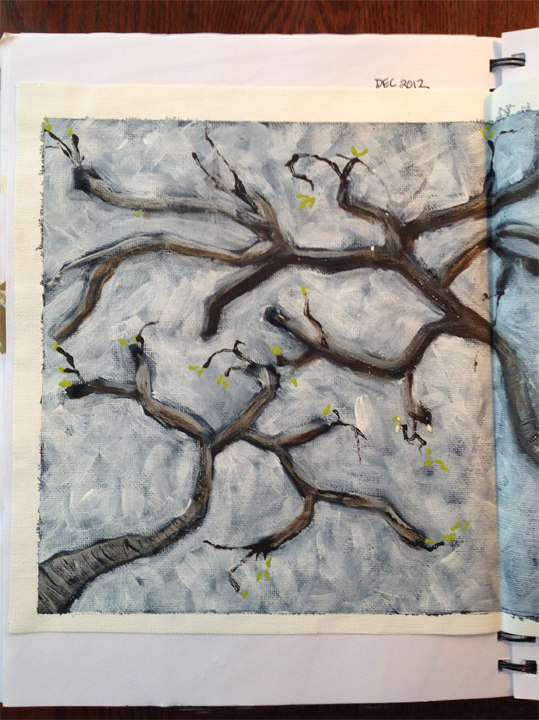
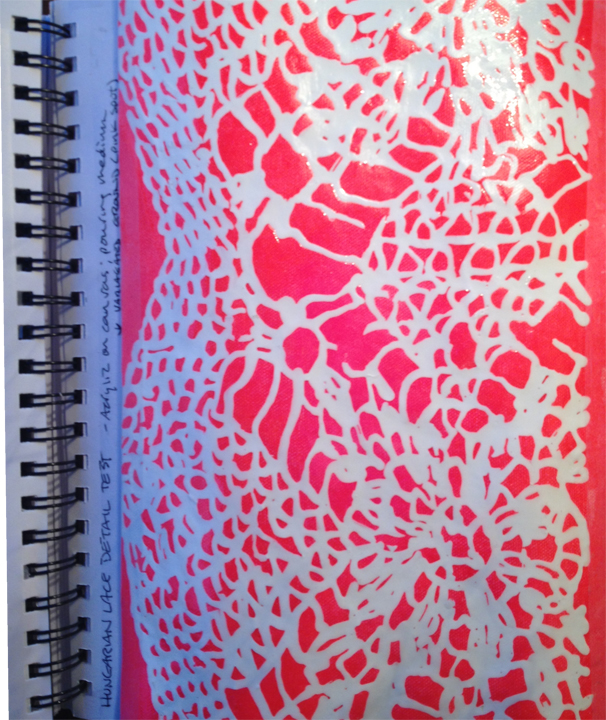
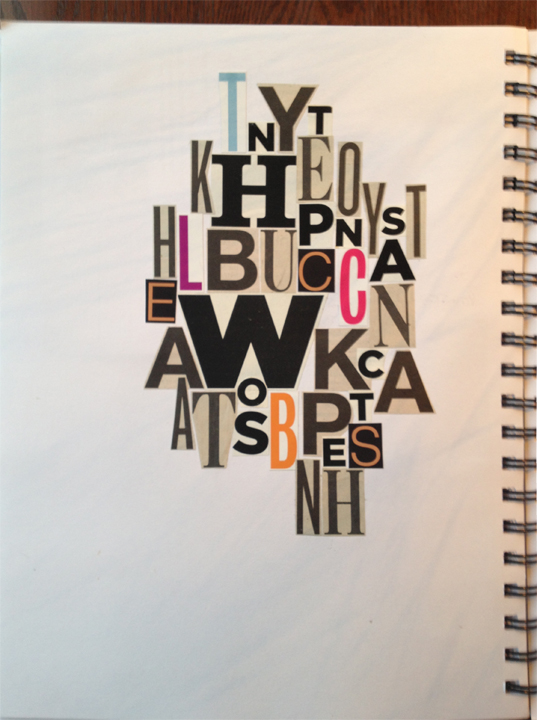
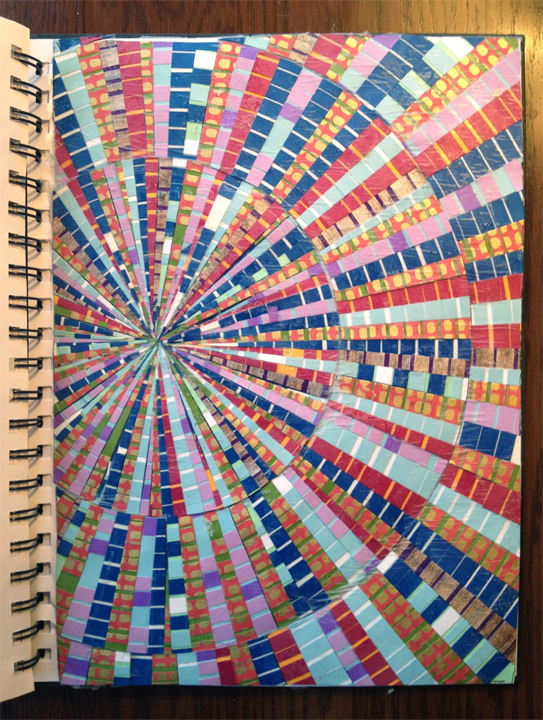
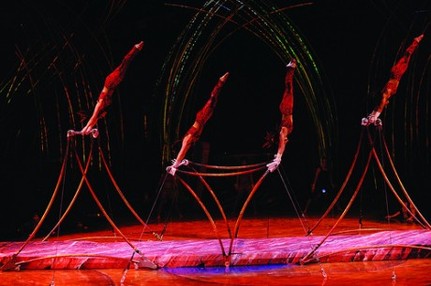
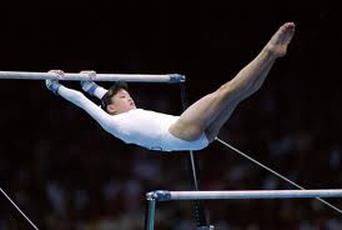
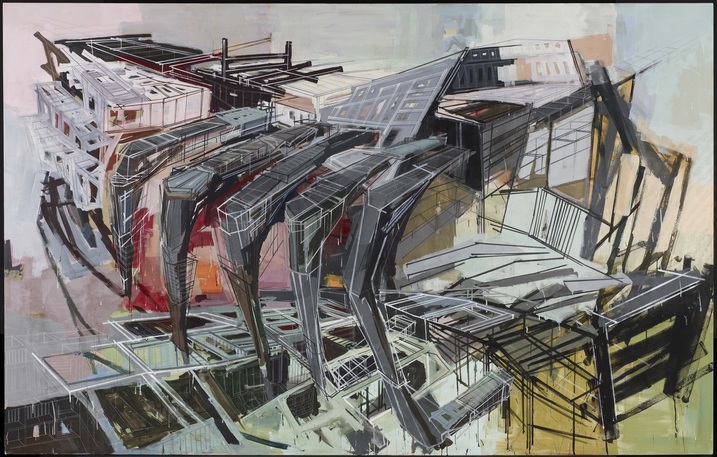
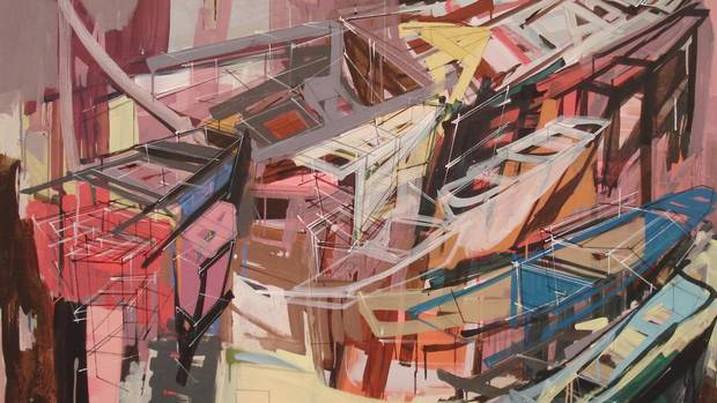
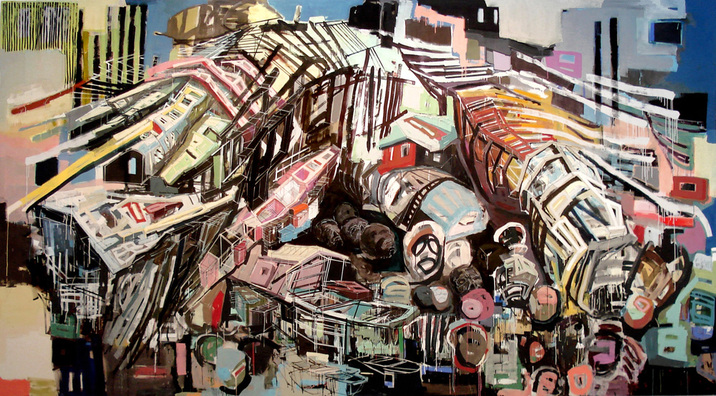
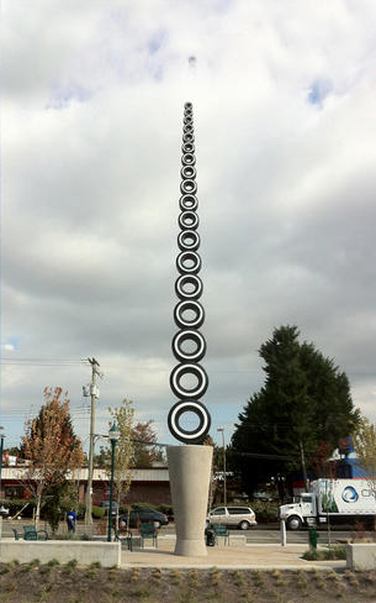
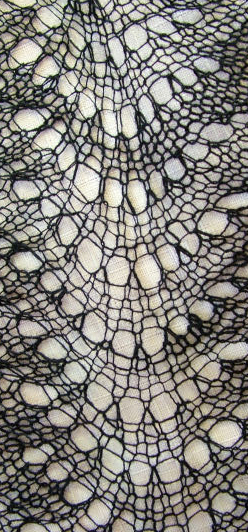

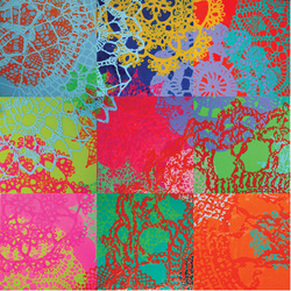
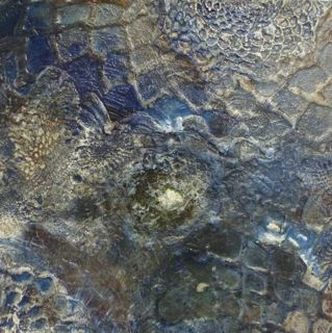
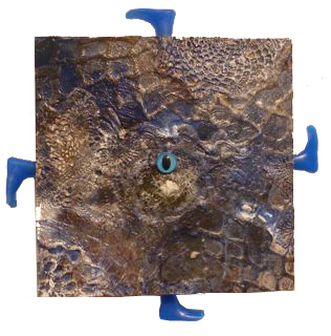
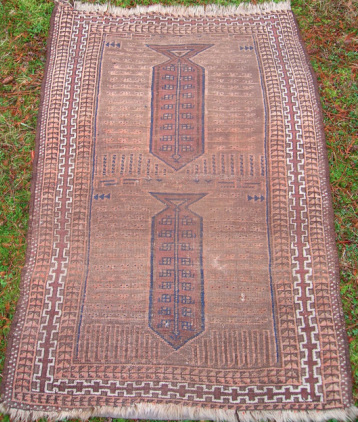
 RSS Feed
RSS Feed

